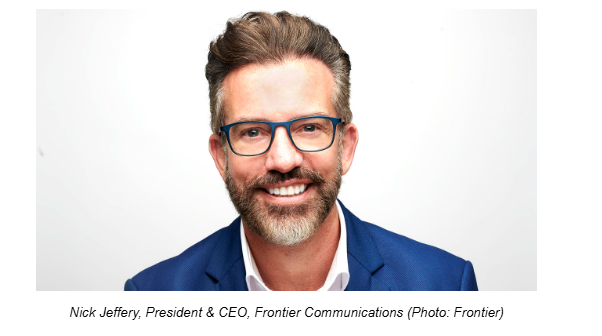Part 2 of 2 (see Part 1)
Nick Jeffery continues his discussion with Inside Towers.
Fiber Build Costs
We haven’t disclosed specific costs per home passed or connected. However, we estimate the build cost will be $1,000 to $1,100 per passing, before considering macroeconomic factors. Our networks team has refined the process to maintain quality and cost thresholds, ensuring high returns on our capital investment. We’re committed to building a profitable digital asset with a 30- to 40-year lifespan that will generate significant future revenue.
Costs vary by geology, distance from the core network, and other factors. We adopted a clustered approach for efficient building density, aiding our sales and marketing efforts. Building in dense clusters keeps construction costs down and drives market penetration efficiently.
The Need for Speed
We started with 1 Gig in a small part of the network and were the first to offer 2 Gig symmetrical services nationwide, then 5 Gig, and now 7 Gig. Many customers now buy multi-Gig services because they are future proof. With 7 Gig symmetrical service, there’s no need to switch to another service later. Even if we introduce faster speeds, we can upgrade the customer. It’s a one-time purchase that protects against future changes.
We have a close relationship with Nokia (NYSE: NOK) and were the first in North America to conduct trials of 5 Gig, 10 Gig, 25 Gig, and 100 Gig running simultaneously over a single fiber strand. We certainly have the ability to increase speeds as needed.
Competitive Environment
Our main rivals are cable companies. These operators are upgrading their hybrid fiber-coax networks to the latest DOCSIS standards, which will take time and significant investment. Even then, their speeds won’t match our fiber network.
Two technology cycles are at play: fiber, acknowledged as the ultimate connection for homes, businesses, and towers, and cable, which faces tough decisions on upgrades and costs. Fiber is the superior choice, especially for high-data-consuming households with multiple devices.
Fixed wireless access serves select customers, mobile sites and temporary setups but isn’t a competitor to full fiber for homes. Satellite may take some share from our copper network but poses a minimal threat overall.
The Rise of Convergence
Cable companies are bundling cellular services with their video, voice and data offerings to maintain value and increase cable prices while discounting cellular rates. This leads to price inflation in home connectivity, which benefits operators like us as prices rise.
We focused on being the leading fiber provider in the U.S. We’re monitoring cellular trends. If needed, we could bundle mobile service if there is customer demand or declining net adds. We’re prepared to collaborate with an MNO. Following our acquisition by Verizon, bundling wireless and fiber may occur, but it’s a matter for Verizon post-acquisition.
By John Celentano, Inside Towers Business Editor





Reader Interactions